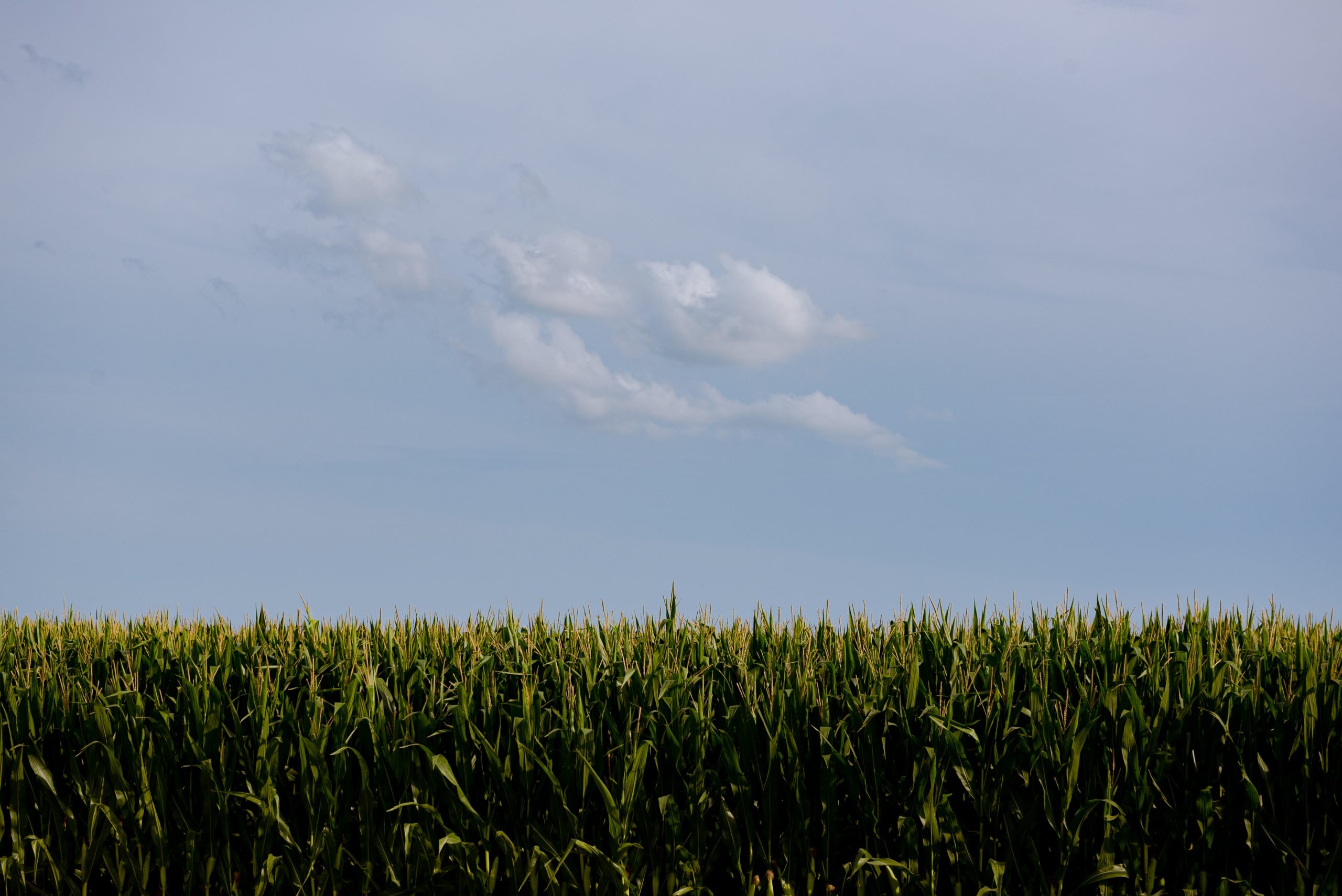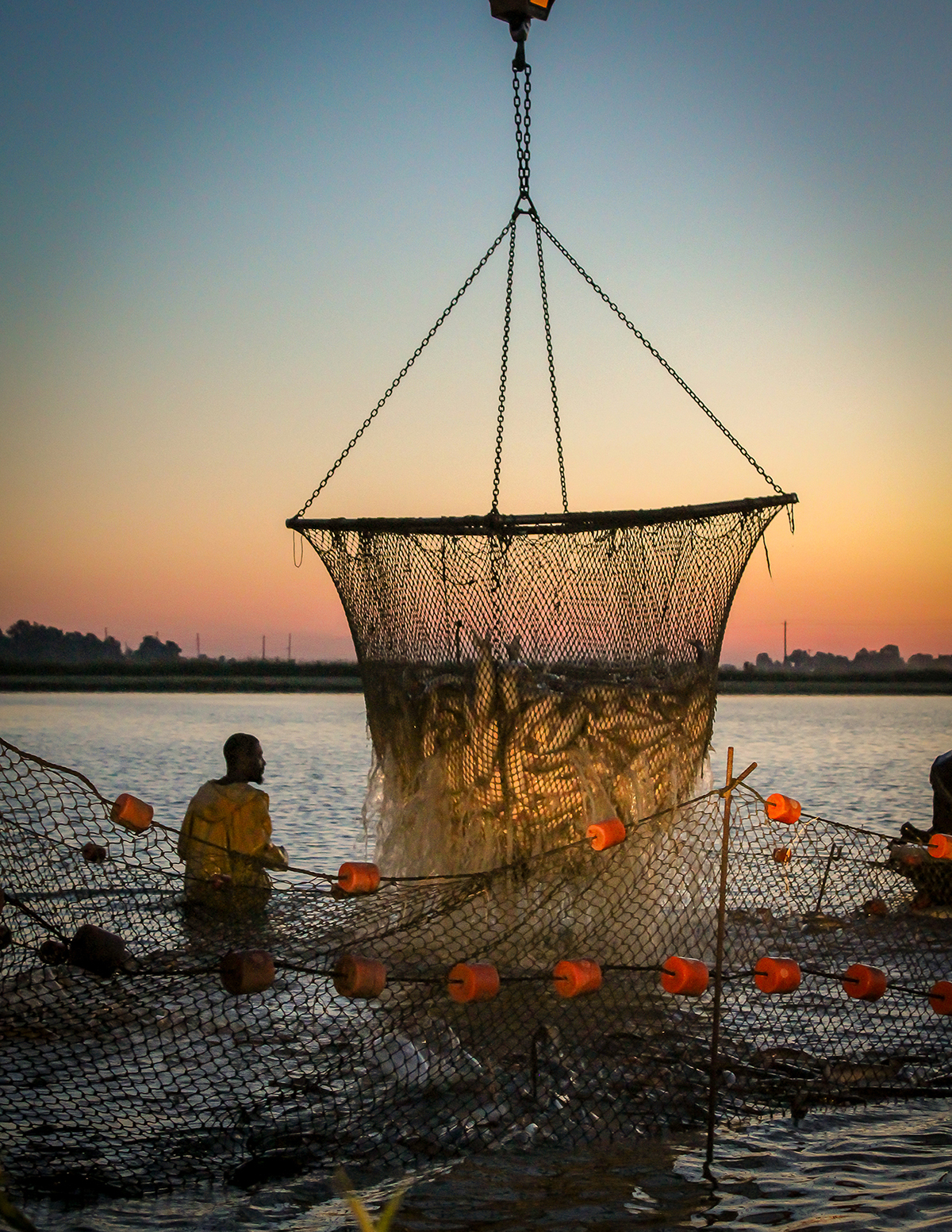STONEVILLE, Miss. — Researchers at the National Center for Alluvial Aquifer Research have concluded a three-year study examining water treatment plans for furrow-irrigated rice.
In the Mississippi Delta’s heavier clay soils, daily watering produced the highest yields, and in its final year, rice watered daily yielded 180 bushels per acre, said Anna Smyly, a Mississippi State University PhD candidate studying at the National Center of Alluvial Aquifer Research.
The study, which is supported by the Mississippi Rice Promotion Board, included four irrigation treatments — watering daily, every 3 days, every 5 days, or every 7 days — on furrow-irrigated rice on heavy clay soils at Delta Research and Extension Center in Stoneville.
“We are looking at how often we need to water to maintain yield in furrow-irrigated rice compared to continuous flooding fields,” Smyly said. “We want to know how far we can push not watering until we see yield drop and how yield changes between the different zones of a furrow-irrigated rice field.”
This year’s crop followed a trend set over the previous years.
“Each year, we found that every-day irrigation resulted in the highest yield compared to the other treatments,” Smyly said. “Typically, the every-3 and every-5 day stayed pretty neutral with each other. There wasn’t a statistical difference between the two, but they both were statistically different from the every-day; then, the every-7 day always dropped off with yield.”
Researchers followed basic management practices for herbicides and conducted nutrient analysis at mid-season and harvest. They also reviewed and compared samples, as well as yield, taken from the top, middle, and bottom of each treatment plot.
“Collecting multiple yield measurements down each treatment plot allows us to be able to really see where the yield differences occur between the top, middle, and bottom zones of the furrow-irrigated rice plots, so we can try to determine how we can close the yield gap from the top of the field to the bottom of the field,” Smyly said.
Technology also played a role in the study with the use of Watermark soil moisture sensors and Precision King AgSense sensors that collected water level depth. Flowmeters helped researchers determine water usage.
Furrow-irrigated rice was gaining popularity in Mississippi when Smyly and NCAAR researchers began the study, and she believes this method is beneficial for farmers.
“Furrow-irrigated rice can be beneficial to farmers by allowing for minimal field preparation, easier crop rotation between soybeans and rice, and less labor-intensive management system since levees are not needed,” she said.
Drew Gholson, MSU Extension Irrigation Specialist and NCAAR coordinator, noted that furrow-irrigated rice allows for more flexibility and less labor, but cautioned that it is still a relatively new practice.
“We still do not know the best ways to irrigate and apply nitrogen. Furrow-irrigated rice changes the watering dynamics and adds variation down the field with different water levels in the same field,” he said. “Anna’s study is trying to understand how those variations in water depth affect rice yield and what is the recommended strategy for rice growers.
“We look forward to analyzing all the data from this project and looking further into furrow-irrigated rice for the rice producers in Mississippi.”
The mission of NCAAR is to conduct research and provide information for issues surrounding water use for agriculture and natural resources in the Lower Mississippi River Basin (LMRB). NCAAR aims to produce and communicate research directed at the conservation and sustainability of water resources for agriculture that include: developing water-efficient cropping systems, improving water capture, improving water distribution systems and irrigation efficiencies, use of water-saving irrigation management options, and developing economic risk assessment tools that enable producers to identify profitable, water-efficient production options.

















